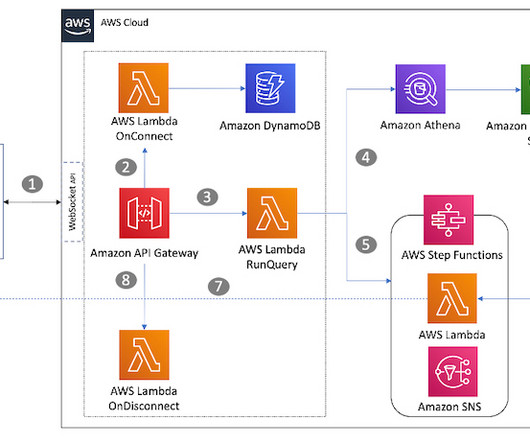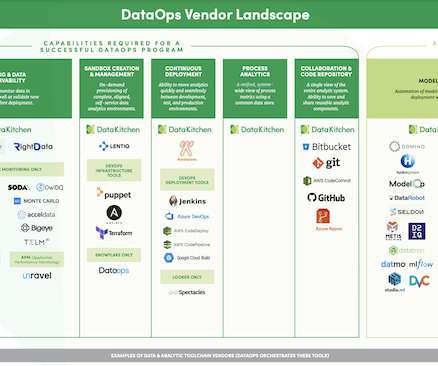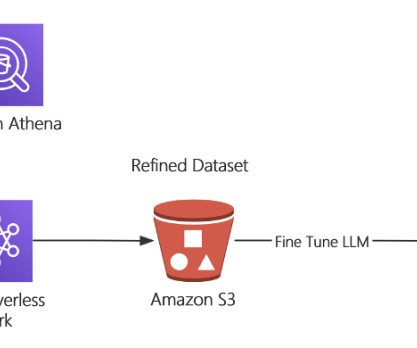New Software Development Initiatives Lead To Second Stage Of Big Data
Smart Data Collective
SEPTEMBER 26, 2019
The big data market is expected to be worth $189 billion by the end of this year. A number of factors are driving growth in big data. Demand for big data is part of the reason for the growth, but the fact that big data technology is evolving is another. Unstructured. Structured.























Let's personalize your content